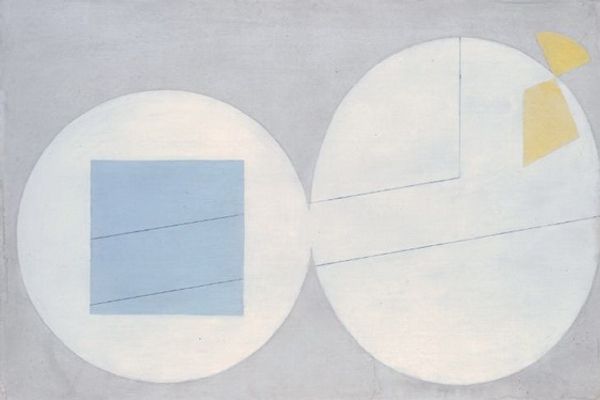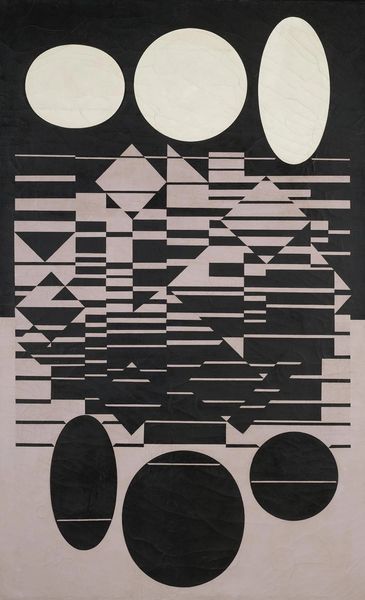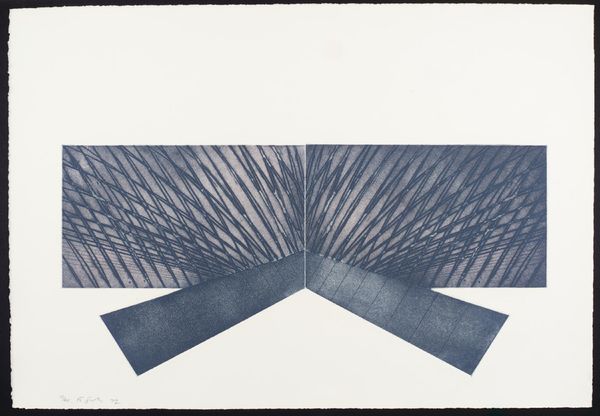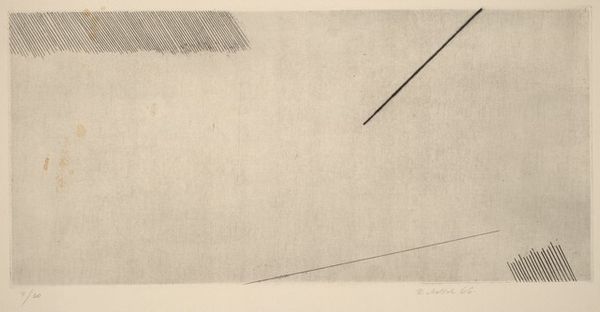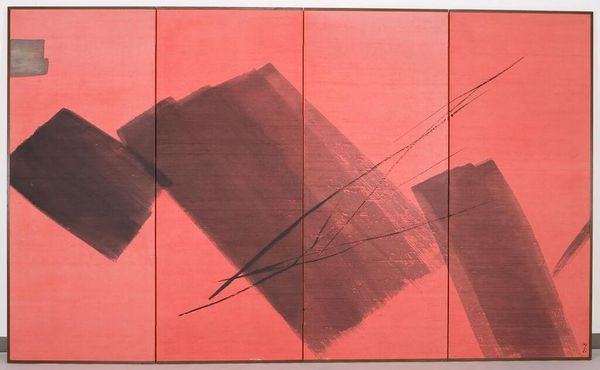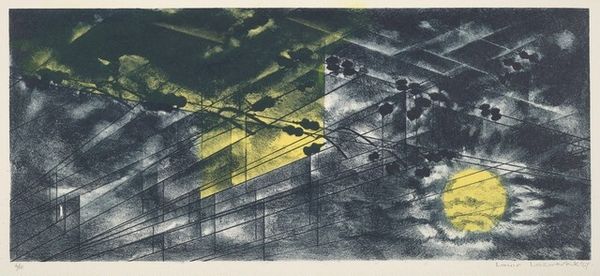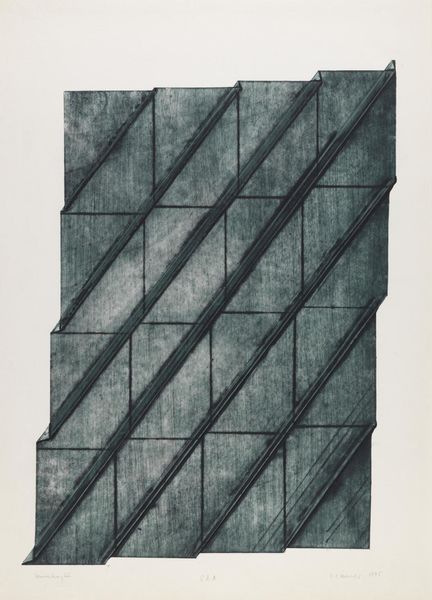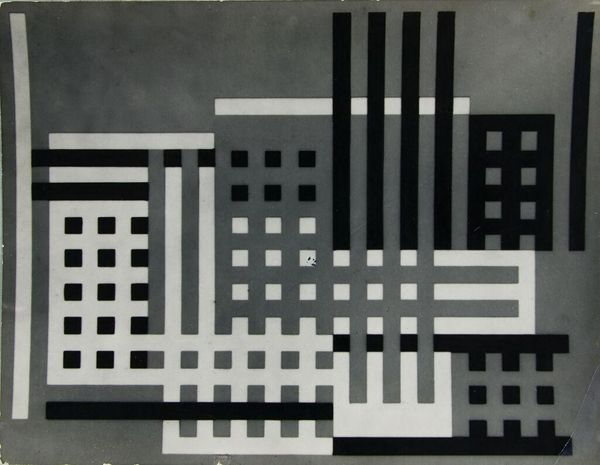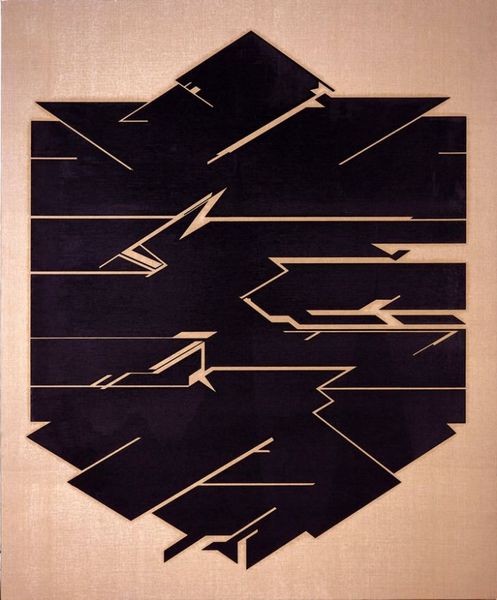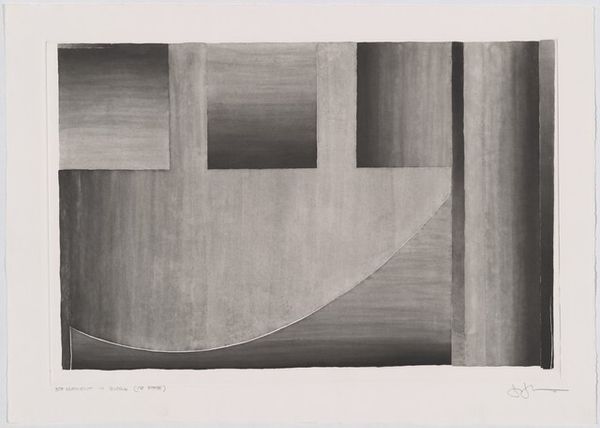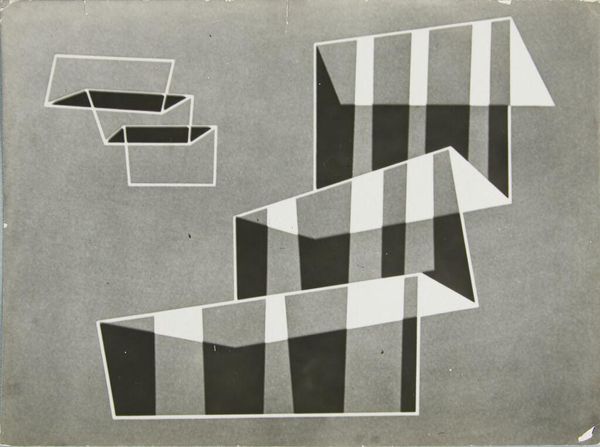
drawing
#
drawing
#
conceptual-art
#
geometric
#
abstraction
#
line
#
modernism
Copyright: Nasreen Mohamedi,Fair Use
Editor: This drawing, simply titled "Untitled," was created by Nasreen Mohamedi in 1970. It’s a compelling work, built from precise geometric lines and shapes that almost seem to float. I find myself wondering, how do you read this work within the context of its time, and perhaps, the artist's background? Curator: Well, it's important to situate Mohamedi within the broader narrative of modernism, particularly as it unfolded outside of the Western art world. She was working in India during a period of significant social and political change, and while her work is abstract, it isn’t detached. Her minimalist approach could be viewed as a subtle response to the prevalent socio-political discourses. Consider, how might her reduction of form to the essential line be seen as a counterpoint to the often chaotic realities of a rapidly developing nation? Editor: That's a very insightful point! I hadn't considered how abstraction could be a form of commentary. I guess I always thought of abstraction as apolitical. So, are you saying her work is almost a quiet form of resistance or reflection on the structures of society? Curator: Perhaps 'reflection' is more accurate than 'resistance'. Mohamedi engaged with international art movements, but filtered them through her own cultural lens. She strips down representation, questioning established visual languages. Where does authority reside in an image like this: in the artist's hand, or in the viewer's interpretation, or in something else entirely? Editor: So, it is like she is almost making us participate in meaning-making through these very simple geometric images. I can definitely appreciate that perspective a lot more now. Thank you. Curator: Indeed. Looking at the socio-political role of art in this piece reshapes how we think about abstraction more broadly.
Comments
No comments
Be the first to comment and join the conversation on the ultimate creative platform.
